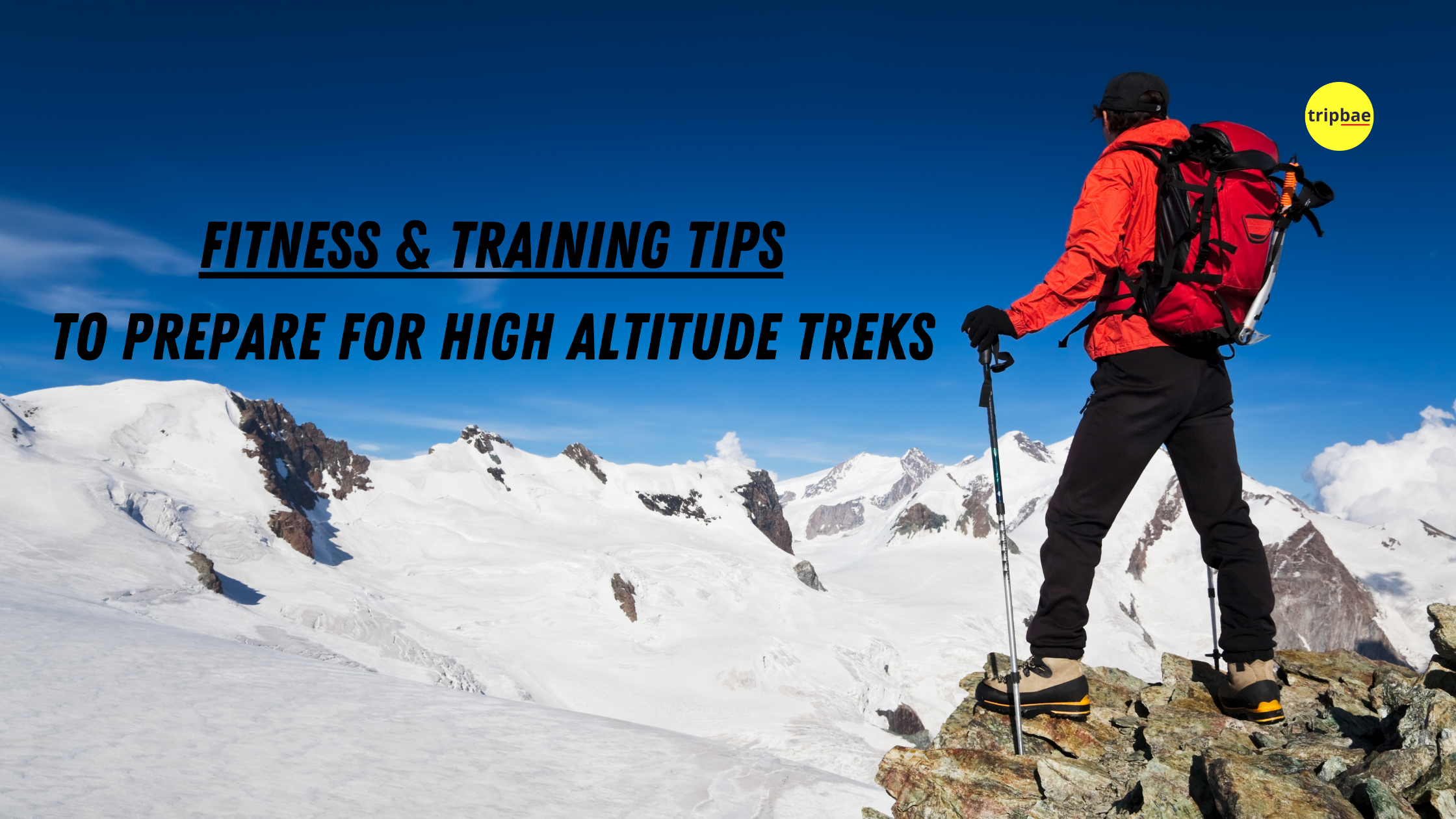High altitude treks are known for their breathtaking views and exhilarating experiences, but they also come with unique challenges like low oxygen levels and steep climbs. Proper fitness and training are essential to ensure a safe and enjoyable adventure. Here’s how to prepare your body and mind for the demands of high altitude trekking.
1. Build Cardiovascular Endurance
At high altitudes, the air is thinner, making it harder for the body to get enough oxygen. Improving your cardiovascular fitness will help your body adapt to these conditions.
- Basic Requirements: Aim to cover 10 km in 60 minutes or 5 km in 30 minutes. This level of endurance ensures you can handle long trekking hours at high altitudes.
- Activities to Include: Running, cycling, swimming, and hiking. Aim for at least 30-45 minutes of cardio, 4-5 times a week.
- Interval Training: Include high-intensity interval training (HIIT) to build stamina and improve oxygen utilization. At high altitudes, the air is thinner, making it harder for the body to get enough oxygen. Improving your cardiovascular fitness will help your body adapt to these conditions.
- Activities to Include: Running, cycling, swimming, and hiking. Aim for at least 30-45 minutes of cardio, 4-5 times a week.
- Interval Training: Include high-intensity interval training (HIIT) to build stamina and improve oxygen utilization.
2. Strengthen Your Legs and Core
Trekking at high altitudes involves long walks, steep ascents, and rocky terrains. Strong legs and a stable core are crucial for maintaining balance and reducing fatigue.
- Leg Exercises: Squats, lunges, step-ups, and calf raises.
- Core Exercises: Planks, mountain climbers, and Russian twists.
- Frequency: Perform strength training exercises 3 times a week.
3. Build Flexibility and Balance
Maintaining flexibility and balance reduces the risk of injuries on uneven terrain.
- Activities to Include: Yoga and dynamic stretches, focusing on hamstrings, calves, and lower back.
- Tip: Practice balancing exercises to enhance stability on rocky paths.
4. Practice Breathing Techniques
High altitudes can cause shortness of breath. Practicing breathing techniques improves lung capacity and oxygen efficiency.
- Techniques to Try: Diaphragmatic breathing and rhythmic breathing. Yoga pranayama exercises like Anulom Vilom and Bhastrika are also beneficial.
5. Mental Preparation and Acclimatization
Mental resilience is as important as physical fitness. Prepare for challenges like altitude sickness, fatigue, and weather changes.
- Visualize Success: Imagine yourself reaching the summit to build a positive mindset.
- Acclimatization Tips: Spend a few days at moderate altitudes before starting the trek to help your body adapt.
6. Nutrition and Hydration
Proper nutrition and hydration enhance endurance and recovery.
- Hydration: Drink at least 3-4 liters of water daily to prevent dehydration at high altitudes.
- Nutrition: Include complex carbs, lean protein, and healthy fats to fuel your training sessions.
7. Test Your Gear and Practice Hiking
Practice hiking with the same backpack and gear you’ll be using during the trek. This prepares your body for the added weight and helps you break in your trekking shoes.
- Weekend Hikes: Include one day short treks to get used to uneven terrain and long walking durations.
You can also refer to: Essential Preparations for a Successful Trekking Adventure
Conclusion
Preparing for high altitude treks requires a combination of cardiovascular endurance, strength, flexibility, mental resilience, and the right nutrition. With consistent training and proper acclimatization, you can conquer the challenges of high altitudes and fully enjoy the beauty of the mountains. Start your training early, stay motivated, and get ready to reach new heights!


Comment (0)